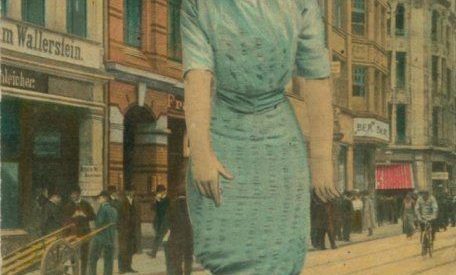By Kanupriya Goenka, FBM 19. Faculty: Ms Belinda Bawa

?Hobble skirt?, I thought was a funny name when I came across it, but when I knew what it was it was became even funnier.
During the first decade of the 1900s, just as women began demanding more freedom, more rights, and more comfortable fashions, one of the most restrictive styles of the nineteenth and twentieth centuries came into vogue. This was the hobble skirt, a tight, ankle-length skirt that grew narrower at the hem. Popular between 1905 and 1910, the hobble skirt was so tight at the ankles that the woman wearing it could only walk in very short steps.
?THE HOBBLE ?IS THE LATEST FREAK IN WOMAN?S FASHIONS; Skirts Are So Tight Around the Ankle That Locomotion Is Seriously Impeded and Speed Is Impossible? read one headline on June 12, 1910.

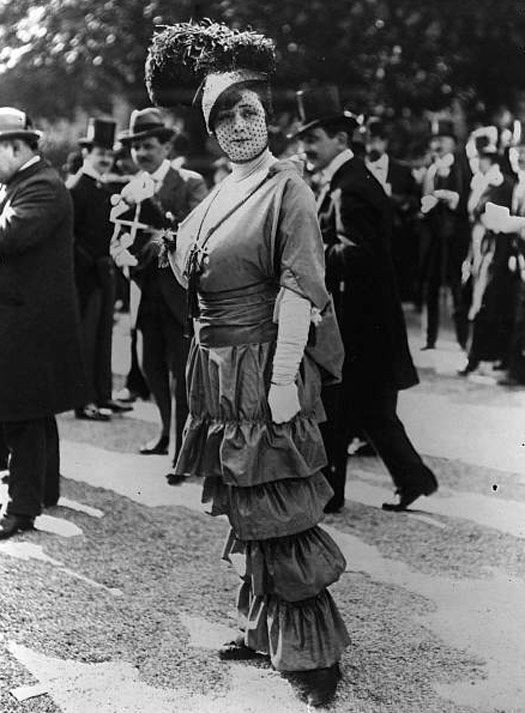 Paul Poiret design of Hobble skirt
Paul Poiret design of Hobble skirt
The idea allegedly originated with Paul Poiret, the French designer who claimed in 1908 that he had ?freed the bust [but] shackled the legs.?
The very nature of this skirt limited its marketability as only women that lived lives of luxury and ease could afford such limited mobility.
Yet hobble skirt became the most popular trend of the Edwardian era. I think that women in this era were the most fashionable women in history. And as was common with most preceding aristocratic fashions, appearance trumped functionality.
Also, new methods of information dissemination allowed the hobble skirt to become popular despite this flaw. The clean lines and reduced fabric meant it was easy to produce.
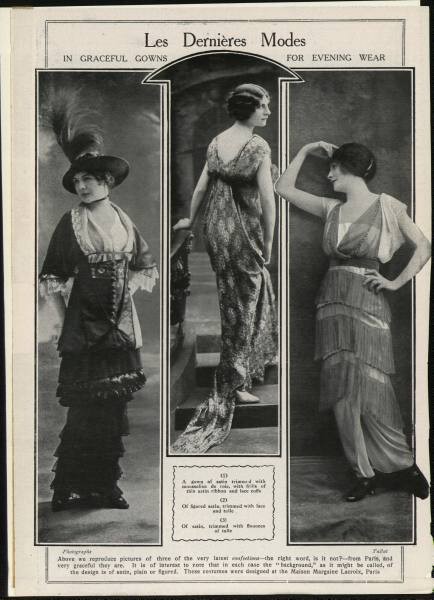 Magazine showing Paul Poiret evening wear, including the hobble skirt
Magazine showing Paul Poiret evening wear, including the hobble skirt
However, middle and lower-class women needed a skirt that would allow for greater range of motion. Therefore, slits and nearly hidden pleats proved to be the solution. Even buttons were added at the hem which could be undone for comfortable walking.
Soon the hobble skirt design was paired with the trotteur, or walking skirt, the hem of which rested above the ankle thereby limiting the concern for damaged and dirtied hemlines.
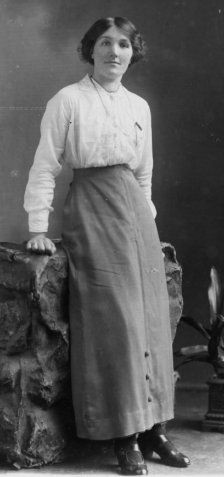 Hobble skirt with buttons on the hem
Hobble skirt with buttons on the hem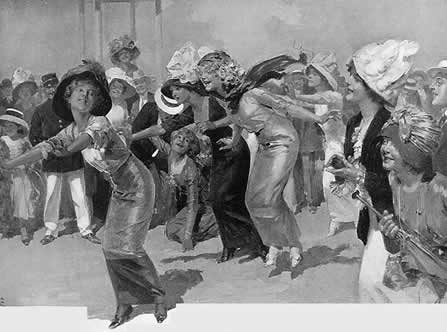 image showing multiple women wearing the hobble skirt
image showing multiple women wearing the hobble skirt
Eventually, the style became so pervasive within society that the upper-class sought to find a new fashion that would distinguish them from everyone else.
In my opinion, this style of clothing though seems ridiculous, I feel women did not dress this way to please the men, but to please themselves and each other. I do not view this style as a symbol of male oppression, but as a statement of feminine power and independence symbolizing women?s struggle for emancipation and control in the early Twentieth Century.
